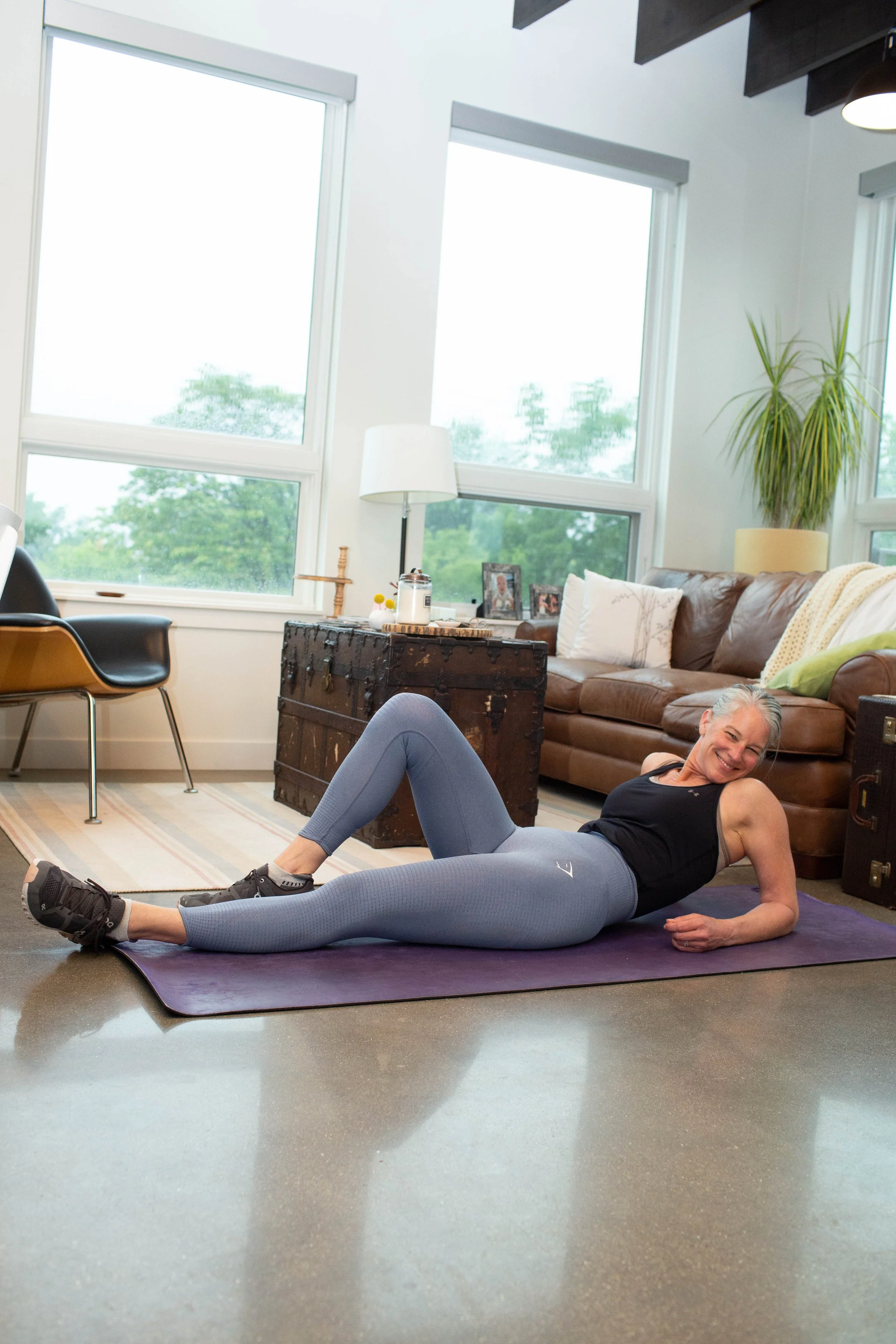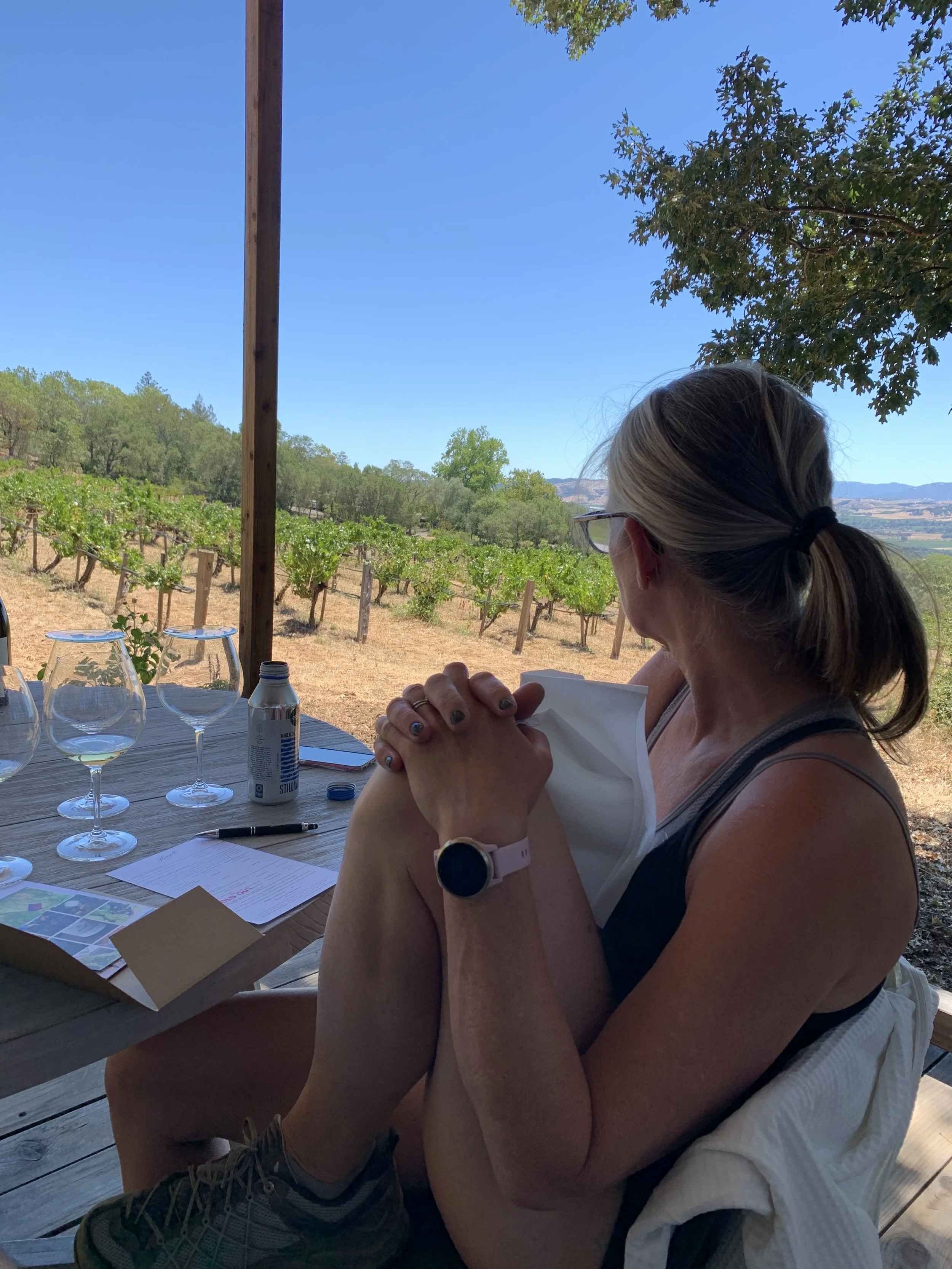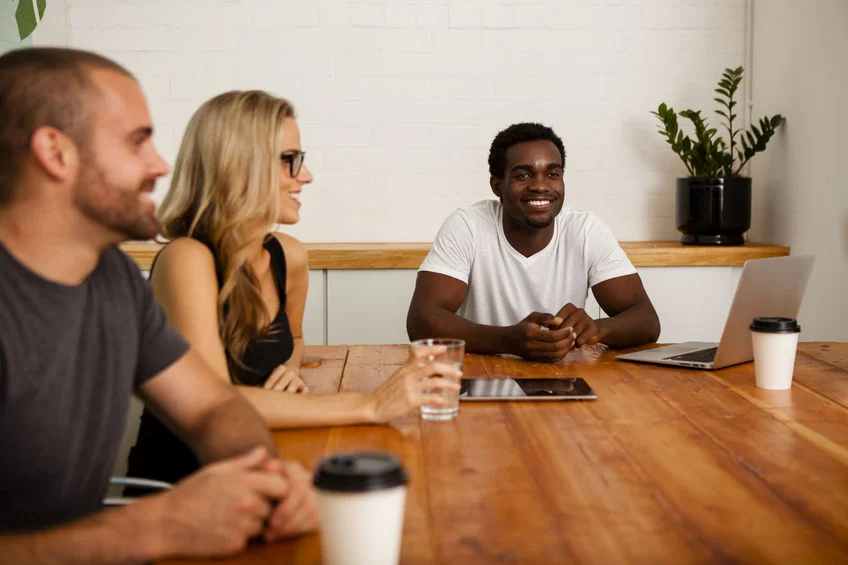Strategies for Working on the Road
Navigating work while on the road poses unique challenges beyond the typical Wi-Fi hiccups. Makeshift workspaces like your car becoming an office and that roadside café is often the temporary fix. Adaptation is key to staying productive on the move, and it goes beyond just getting used to your surroundings.
Here are some strategies to master the art of working on the road:
Disrupt Sitting Break free from the sedentary trap. Stand while using your phone, stretch when you yawn, or take a stroll while brainstorming. Movement sparks creativity. (Healey et al., 2013)
Sway Incorporate gentle rhythmic movements while standing—shift your weight from foot to foot or indulge in subtle pelvic tilting. Embrace the flow of motion. (Dent et al., 2021)
Reposition hips Shift your body weight when transitioning between tasks. Lean forward, backward, left, or right to engage different muscles and enhance comfort. (Zemp et al., 2016)
Reposition legs Introduce variety to your leg positions. Extend one leg, then the other, cross them over, and keep the blood flowing. Change it up to keep things dynamic. (Zemp et al., 2016)
Joint compression Sneak in mini-exercises. Try chair push-ups, wall push-ups, or gentle presses on knee, wrist, or elbow joints. Keep your joints active and agile. (Redondo, 2012)
Natural lighting Opt for a spot with ample natural light—whether it's a window seat or a shaded park bench. Bright environments enhance focus and mood. (JBI, 2010)
Natural sounds Embrace the ambient sounds around you or plug in your headset. Nature sounds or calming music can create a conducive work atmosphere. (Buxton et al., 2021)
Brain breaks Incorporate moments of meditation, deep breathing, fascination, or playful activities. Reset your mind to stay sharp and engaged. (Immordino-Yang, 2012)
Master the art of adaptation, and turn any location into a productive workspace on the go.






